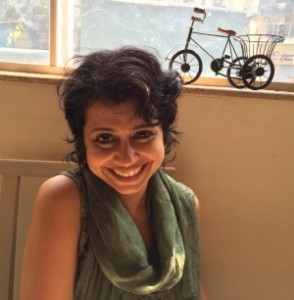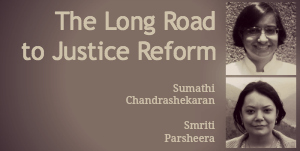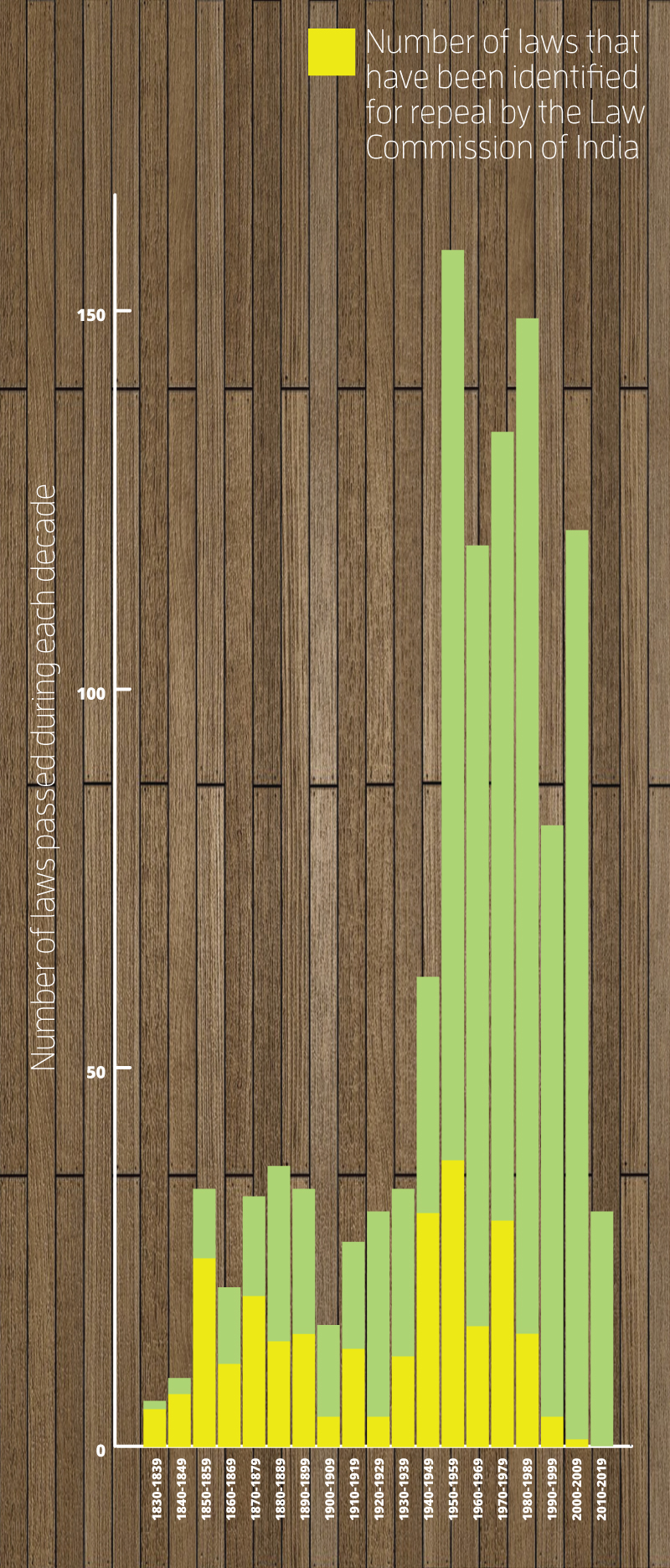 Conversations about income and wealth (often substantiated by links like this one) and how a disproportionate amount of the twenty-first century’s economic success stories seem to flow to the top of the pyramid (see Antilla and this) have proliferated on social media websites. Inheritance taxes (also known as estate taxes) are an increasingly discussed idea on how to prevent the perpetuation of these inequalities.
Conversations about income and wealth (often substantiated by links like this one) and how a disproportionate amount of the twenty-first century’s economic success stories seem to flow to the top of the pyramid (see Antilla and this) have proliferated on social media websites. Inheritance taxes (also known as estate taxes) are an increasingly discussed idea on how to prevent the perpetuation of these inequalities.
A simplistic example: Percy’s parents die and leave him USD 1 million, giving him lifetime financial security with very little effort. Beth, Sue, and Andy on the other hand, got no money from their parents and have little hope of catching up with Percy’s head start without extreme hard work and luck. With an inheritance tax of 50 per cent, Percy’s lead is cut to USD 0.5 million. A 100 per cent tax might mean a ‘level playing field’.
 Thomas Piketty, one of 2014’s ‘it’ economists, suggests that the optimal inheritance tax for economies like the United States and France is 50-60 per cent. And President Obama seems to agree. Among the ‘egalitarian paradises’ of Scandinavia however, only Finland has an inheritance tax (8-20 per cent), with Sweden and Norway abolishing estate taxes in the past decade. India had it’s own estate tax (85 per cent for inheritances in excess of two million rupees), before abandoning it in 1985. At that time, VP Singh said that the tax brought in less than the cost of collecting it.
Thomas Piketty, one of 2014’s ‘it’ economists, suggests that the optimal inheritance tax for economies like the United States and France is 50-60 per cent. And President Obama seems to agree. Among the ‘egalitarian paradises’ of Scandinavia however, only Finland has an inheritance tax (8-20 per cent), with Sweden and Norway abolishing estate taxes in the past decade. India had it’s own estate tax (85 per cent for inheritances in excess of two million rupees), before abandoning it in 1985. At that time, VP Singh said that the tax brought in less than the cost of collecting it.
How much would inheritance taxes yield in India?
India’s total wealth stock is estimated to be in the region of USD 3.6 trillion (Credit Suisse), with a death rate of 0.74 per cent. So in an average year, about USD 27 billion of property is available to be inherited (and taxed). Limiting that to wealth greater than USD 10,000 (6 lakh rupees) reduces that to approximately USD 14 billion. An inheritance tax of 50 per cent on this portion of the wealth should yield approximately USD 7 billion.
Seven billion dollars would be a nice little windfall for the government. It is approximately 2.5 per cent of the 2014-15 Union Budget. A 50 per cent tax is also likely to be painful for the inheriting class, which is almost 5 per cent of the Indian population according to Credit Suisse. But USD 7 billion is just less than USD 10 per adult, less than 1 per cent of the per-capita income. This 1 per cent growth in income is unlikely to significantly improve life at the bottom of the economic pyramid (while causing significant pain at the top). India’s wealthy do not seem rich enough, numerous enough, (nor die fast enough) for inheritance taxes to make much of a difference in absolute terms.
The difficulty of collecting inheritance taxes on illiquid assets
Moreover, USD 7 billion might also be a gross over-estimation of the potential tax collection. Over 85 per cent of wealth in India is ‘non-financial’, that is, in non-liquid assets like land and family business and not liquid assets like cash or bank deposits. Suppose Percy from our earlier example received his inheritance in the form of an apartment, purchased at a cost of USD 100,000 10 years ago, but now worth USD 1 million according to the local realtor. Assuming a 50 per cent tax-rate, does Percy owe the government USD 50,000 (based on the original value) or USD 500000 (based on market value)? What if Percy’s inheritance was a bakery business instead of an apartment? Does the business need to be wound up so as to afford the tax bill? Perhaps the tax is charged only at the time of a sale but then who is going to be in charge of assessing the market value of illiquid assets and tracking the sales of inherited property against ‘earned’ property to charge differential tax-rates? V.P. Singh might have a point in that assessing inheritances taxes may be more trouble than they are worth.
Inheritance taxes seem an inefficient way to transfer economic resources from the top of the economic pyramid to the bottom, especially in poorer nations such as India. When a country’s absolute level of wealth is low (the average U.S. citizen is 75 times richer than the Indian) and has a low wealth to income ratio (U.S. wealth is 5 times the annual G.D.P. against 1.7 for India), the amount of money available to be inherited (and taxed) can be too little to make a significant impact. The difficulty and costs of administering such a tax are also higher when close to 90 per cent of the assets are illiquid unlike in developed nations like the U.S.A. where about half the wealth is considered ‘financial’. As a transfer payment, inheritance taxes seem (ironically) more appropriate for richer and already more egalitarian economies than for developing nations like India.
Incentives to sell ancestral property will reduce total wealth
 The social impact of inheritance taxes might have less to do with transfer payments and more to with ‘creative destruction’ due to the shifting of incentives. While actual behavioural changes are highly sensitive to the specific details of a policy, high inheritance taxes in general disincentivise savings and encourage consumption.
The social impact of inheritance taxes might have less to do with transfer payments and more to with ‘creative destruction’ due to the shifting of incentives. While actual behavioural changes are highly sensitive to the specific details of a policy, high inheritance taxes in general disincentivise savings and encourage consumption.
Imagine an economy that introduces a 50 per cent inheritance tax. Seniors in this economy are likely to start saving less and spending more on the principle that you might as well spend it while still alive, instead of having to give it to the government upon death. They might also start converting illiquid assets like land to cash to finance such consumption. Heirs who sell illiquid assets to raise tax funds is also likely to increase the supply of illiquid assets available for sale. Ancestral property that has been passed down for generations is therefore increasingly likely to hit the open market.
As the supply of asset classes like land or cash in the market increases, wealth becomes cheaper and more accessible to people at the bottom of the pyramid (but that could have the perverse consequence of making day-to-day consumption more expensive). The drop in the prices of ‘wealth assets’ will reduce the ‘head-start’ of heirs since inheritances will be worth less at the lower price levels. Large changes in the price of asset classes will lead (at least temporarily) to greater social and economic mobility. Those holding previously expensive ‘investment’ goods will become poorer while those holding previously cheap ‘consumption’ goods become richer. And the need to convert illiquid assets to liquid ones at death will lead to greater turnover of ancestral properties and reduce the probability of small groups dominating wealth ownership.
As the price of ‘wealth’ falls however, so does the value of an economy’s capital stock. Higher incentives for consumption mean lower incentives to invest in replenishing the capital stock. And conditions where assets sale are motivated by the death of the owner rather than maximized economic value are likely to lead to inefficient outcomes. Imagine again the company that has to liquidate each time the majority owner dies to provide cash for the heir’s tax bill. According to some conservative observers, the ‘death tax’ in the USA has resulted in USD 1 trillion of ‘capital destruction’ (since 1916), or approximately USD 10 billion a year.
Inheritance taxes are likely to reduce economic inequality, but have the potential to be disruptive and reduce the cumulative stock of wealth, giving us a choice between a large but steep (unequal) economic pyramid or a flatter (more equal) but smaller pyramid. Economic equality through taxation is no free lunch.
(Shree is a wandering economist who has changed his address fourteen times in the last fourteen years. He has few ideas except those opposite to who he is talking to.)









